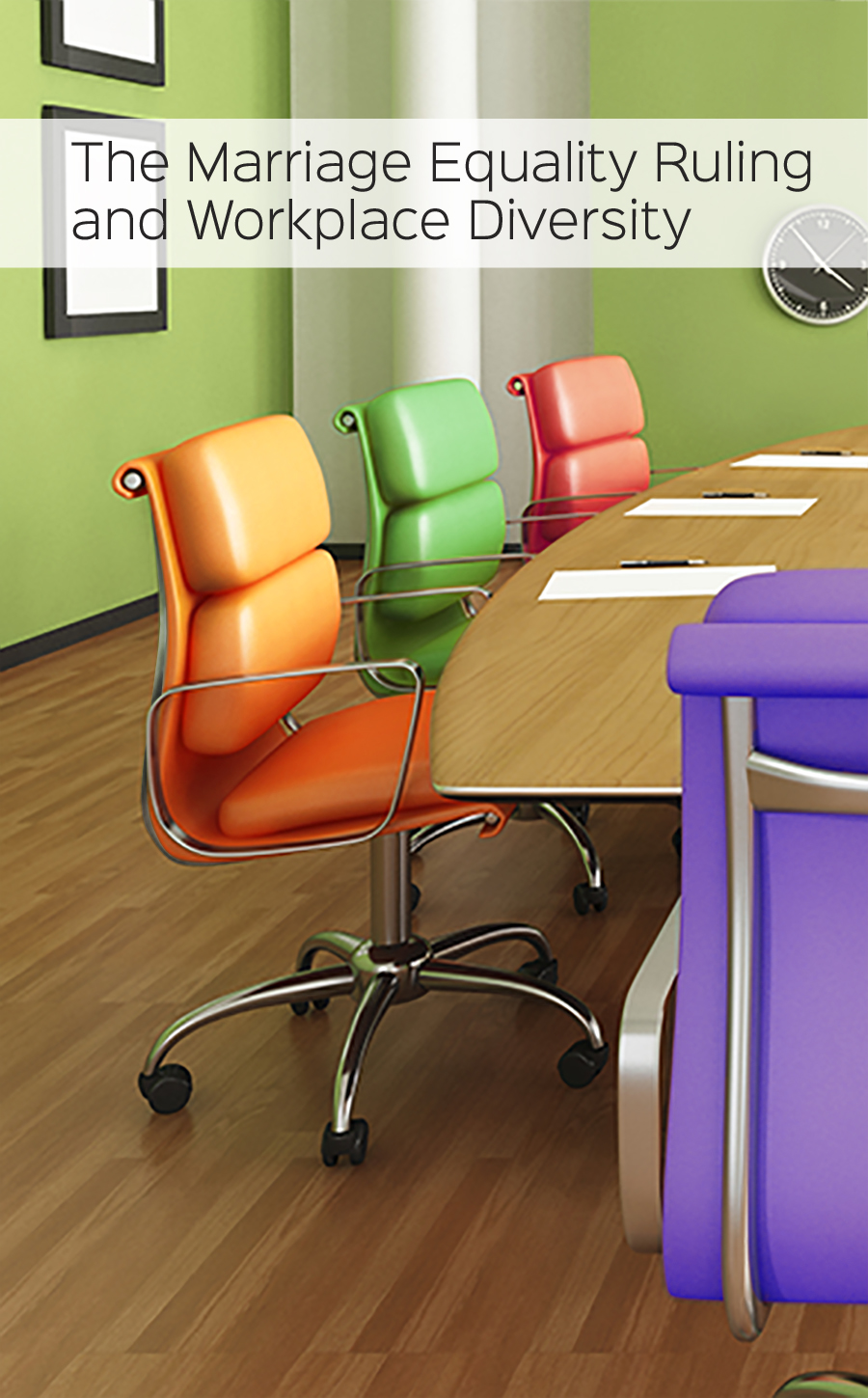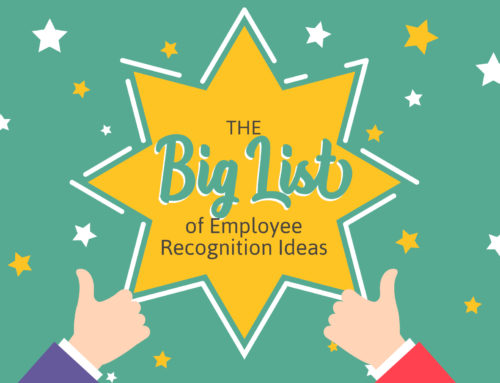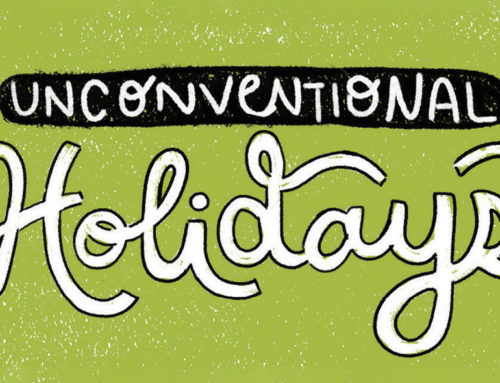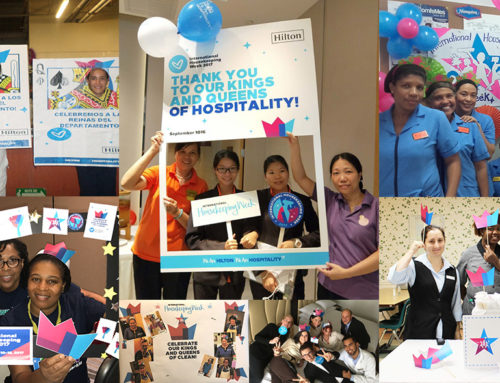
 Looking back at the Supreme Court ruling from earlier this year, it’s clear that marriage equality has a connection to the topic of workforce diversity and inclusion, something that’s top-of-mind for many of today’s most successful companies. Within the context of the workplace, these companies understand that the issue is not just a social one. It also affects business.
Looking back at the Supreme Court ruling from earlier this year, it’s clear that marriage equality has a connection to the topic of workforce diversity and inclusion, something that’s top-of-mind for many of today’s most successful companies. Within the context of the workplace, these companies understand that the issue is not just a social one. It also affects business.
Support from the Big Brands
The most visible support for the SCOTUS ruling appeared shortly after the ruling, as numerous high-profile companies, including VISA, Macy’s, Kellogg’s, Google, Levi’s and many others shared creative and emotional social media messages. For anyone wondering if these companies would back up these tweets and posts with actual policies, it turns out they already have.
According to the most recent data from the Human Rights Campaign, 89 percent of the companies in the Fortune 500 prohibit discrimination based on sexual orientation and 66 percent provide domestic partner health insurance benefits to their employees. Even more interesting, the higher a company ranks on Fortune’s list, the more likely it is to provide comprehensive protections and benefits to LGBT employees.
Diversity + Acceptance = Engagement
Looking at diversity in a broad sense, there is evidence that it improves employee engagement. For example, the culture management company, Roundpegg, studied teams at Nike in 2014 and found that “highly diverse teams are 13 times more likely to be engaged than the least diverse teams.”
Additionally, experts predict that the SCOTUS ruling will lead to a more engaged workforce. As a representative from the benefits administration company Businessolver explained to the Chicago Tribune, “the ability to treat all employees consistently helps instill goodwill.” On the other hand, “when you tell them that they’re treated differently under federal law, it just creates this bad feeling in the employer agreement.”
A Diverse Workforce is Good for Business
In a 2013 study, The Harvard Business Review found that companies whose leadership was more diverse had employees who are “45 percent likelier to report a growth in market share …and 70 percent likelier to report that the firm captured a new market.” The study examined “inherent diversity,” such as gender, ethnicity, and sexual orientation, as well as “acquired diversity,” such as learning through exposure to different cultures and genders.
In January of 2015, Microsoft General Counsel Brad Smith took this one step further by making his company’s business case for marriage equality at the World Economic Forum. Smith explained that a diverse workforce can better understand customer needs, develop new products, and create a “bridge to the global marketplace.” He also spoke to competitiveness. “To recruit the best talent,” Smith explained, “we need to create an environment in which everyone is welcome and valued.”
While the national conversation has clearly been focused on marriage equality, it’s also possible to see this change as part of something bigger. Some experts believe that employees of different races, genders, sexual orientations, cultures, and backgrounds bring differences to the table that have a positive effect on how people think in the workplace. This “diversity of thought”, according to Deloitte University Press, leads to innovation and improves creative problem-solving. This may not convince everyone to get on board with diversity but within the work environment, it probably deserves a closer look.
Need help connecting with your workforce? Connect with RSW.





